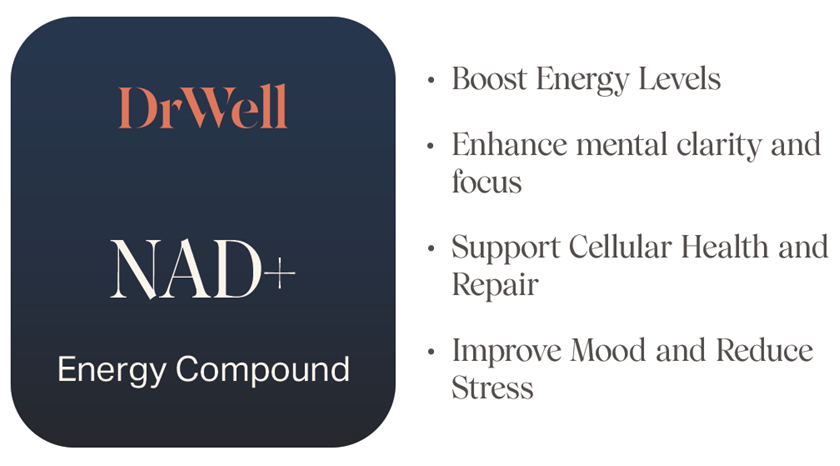
Based on reviews or talking to patients, there is a focus on whether a doctor is “good” if the patient doesn’t bruise after receiving Botox. I agree that, as a plastic surgeon, I’d prefer if a patient doesn’t bruise after Botox or other injectibles like Juvederm, but that’s not always possible. And it doesn’t mean they’re lacking in skill.
When I administer Botox/Xeomin, Juvederm, Belotero or Radiesse, I always inspect the patient’s skin to see if there are any visible blood vessels under the skin. In patients with lighter skin, it’s easier to see a vein. Tanned individuals – it’s harder to discern.
Regardless, I do my best to inspect the skin, knowing that it’s easier to see blood vessels in the forehead and avoid them but harder to see, and much easier to bruise around the eyes. With fillers, the sheer thickness of fillers on the market seem to bruise more easily due to the product themselves and the fact that larger needles are sometimes required to inject them.
Because fillers are thicker and the needle may be larger, I prefer to perform a dental block (local anesthesia) to reduce the pain. The nice side effect of this is the fact that the local anesthesia I inject has epinephrine in it. Epinephrine can cause blood vessels to constrict and reduce the chance of hitting one. However, the constriction effect of epinephrine is not in the immediate vicinity of where the filler is actually injected. So some blood vessels are still at risk of bruising. Why wouldn’t I inject the local anesthesia and epinephrine in the exact same place where the filler is injected? Because if I inject local anesthesia in the same area where filler is needed, it will temporarily fill the area and make it more difficult to know where the filler should be placed.
Many doctors, like me, also give patients ice packs after a Botox or filler injection to minimize bruising but the point is that bruising is always a possibility. There will always be small, unseen blood vessels under the skin that are susceptible to bruising. So while you doctor is trying their best to minimize bruising, it’s no reason to label them as a good or bad doctor on that one trait alone.



